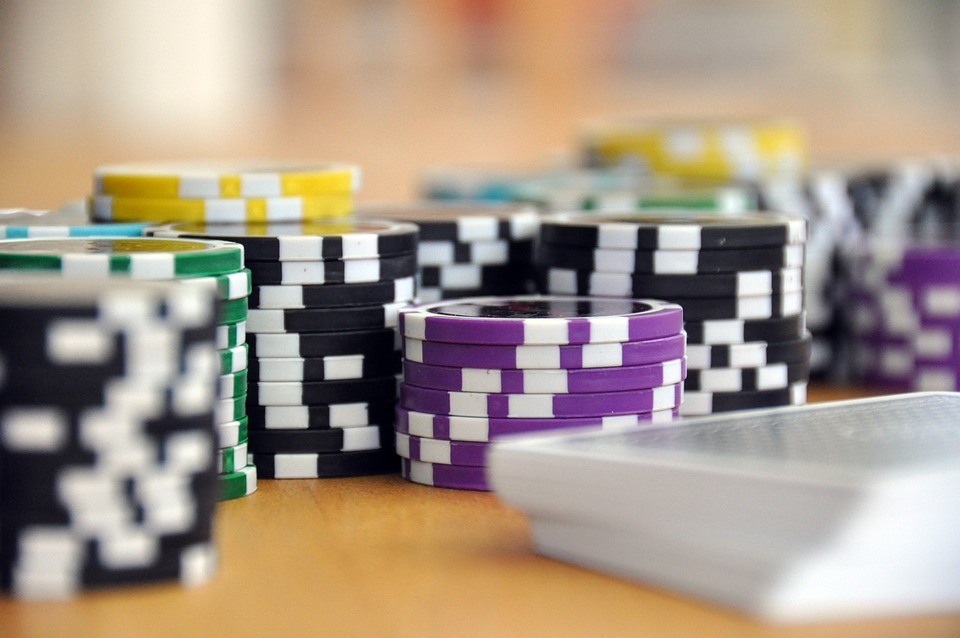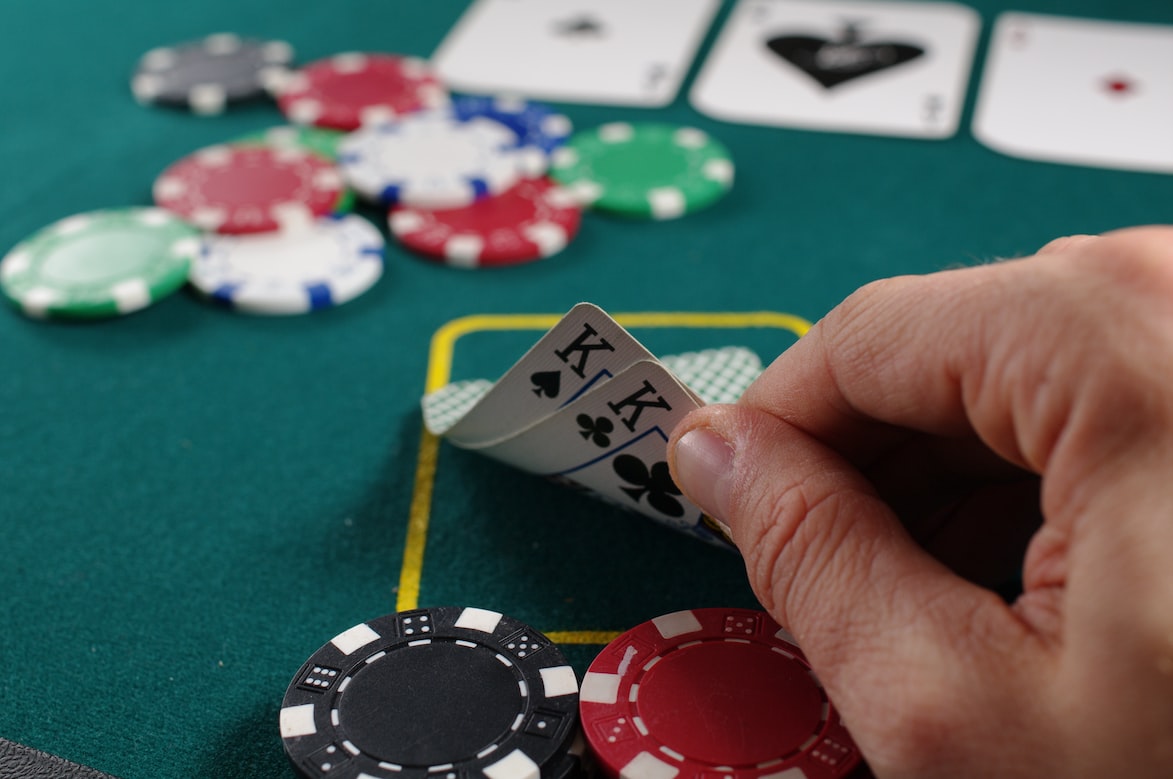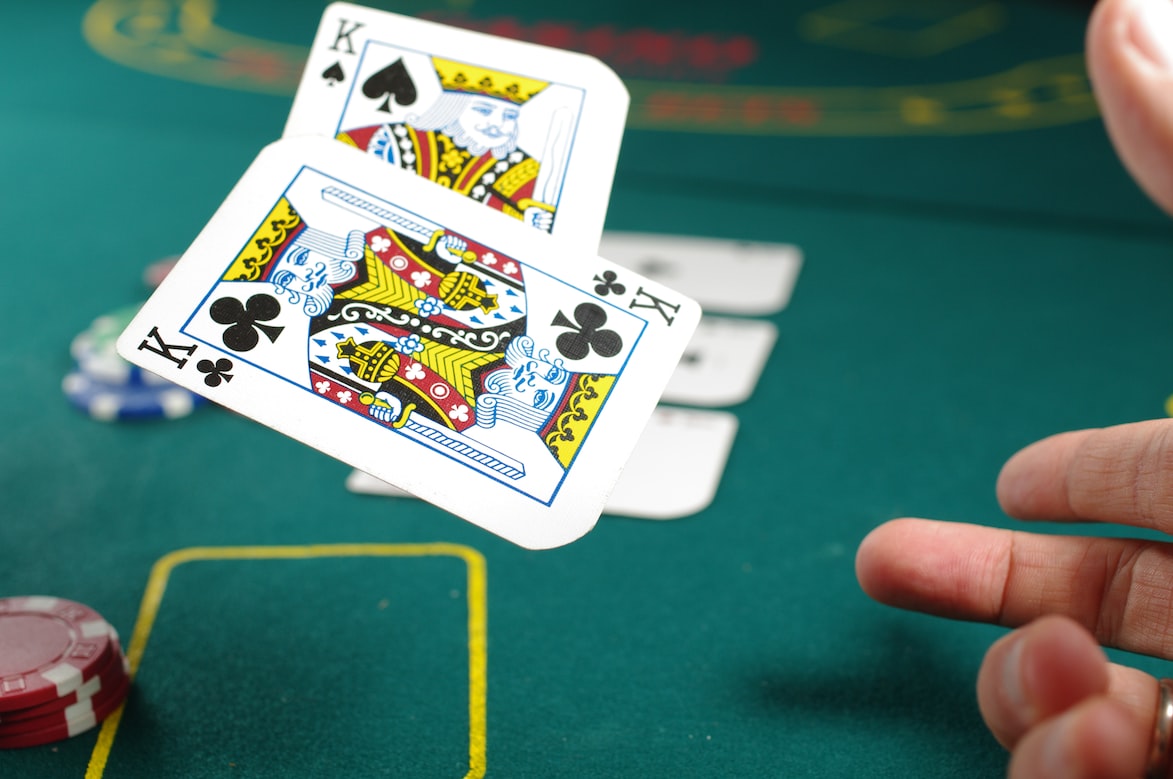Unlike what some may think, poker isn’t a game of luck. There’s much more to it than having the best hand, as you need a solid strategy to win consistently. An iconic part of poker strategy is bluffing. While bluffing is a poker staple, it’s not the only strategy you need to know. This blog post will discuss other important strategies and techniques for winning at poker. We’ll talk about tells, betting patterns, and how to adjust your play based on your opponents’ habits. So whether you’re a beginner or an experienced player, check out this poker guide covering four techniques you can use to succeed.

Bluffing
Bluffing is an important part of poker that can help you to win more hands and make more money. But what exactly is bluffing, and how can you do it effectively? Bluffing is when you bet or raise with a hand that is not the best to make your opponents fold. For example, if you have a hand like 9-8 offsuit, you might bluff if the flop comes J-9-2. In this case, you would be betting or raising with the hope that your opponents will think you have a better hand than you do, such as a flush draw or a set, and will fold their hand.
There are a few things to keep in mind when bluffing. First, you should only bluff when the pot is worth winning. If the pot is small, it’s not worth risking your chips on a bluff. Second, you should only bluff when there aren’t that many players in the hand. The more players there are, the less likely your bluff will work since at least one of them may have a good hand. Finally, you should always be aware of your opponent’s tendencies. If you know that a particular player never folds, then there’s no point in trying to bluff them. Bluffing can be a very effective tool if used correctly. It can help you to win pots that you might not otherwise win, and it can also help to build up your image as a player who is difficult to beat.
Slow Play
Slow play in poker is a niche strategy whereby you don’t bet your hand heavily, even if you have a strong one, to try and tempt other players into betting more. It’s most commonly used when you’re heads-up with one other player and have a hand that’s likely to be the best. By not betting too much, you can try to get them to bet more when you eventually show your hand and win a larger pot.
The main reason slow play is considered a niche strategy is that it rarely results in bigger pots, and it leaves you vulnerable to getting outdrawn. When you don’t bet, you have to rely on your opponent betting for you to build the pot. Slow play also gives your opponents a free pass to see the next cards, and if they are on drawing hands, they could hit their draw and beat even your strong pre-flop hand like pocket aces. That said, there are certain situations where it can be a good idea to slow play. Suppose you’re up against a particularly aggressive player who is likely to bet even if they have a weak hand. In that case, slow play can be a way to lure them in and win a bigger pot.

Reading physical tells
Reading physical plays in poker is an essential skill for any casino player. While there are many different tells that players can give off, some of the most common ones involve changes in body language. For example, a player feeling nervous may start to fidget or play with their chips. A player who is bluffing may avoid eye contact or try to keep their face expressionless. And a player who has a strong hand may lean forward or make lots of eye contact. Of course, these are just generalizations, and every player is different. But by paying attention to physical tells, you can get a better sense of what your opponents are thinking and make more informed decisions at the table.
Identifying player types
Poker players are described as either tight or loose or passive or aggressive. Loose and tight describe how many hands you play, with loose players playing many hands, even mediocre ones, while tight players stick to only the best. Passive and aggressive describe your betting actions. Passive players prefer to check and call, while aggressive players often bet and raise.
Each of these playstyles has its strengths and weaknesses. Tight players are less likely to make mistakes, but they can also be too conservative and miss out on good opportunities. Loose players can win big pots but also lose a lot of money by playing too many hands. Aggressive players can succeed if they know when to apply pressure and back down. Passive players may not win as many pots, but they won’t make costly mistakes – understanding which poker playstyle your opponent has gives you invaluable insight into their possible decisions. You can take advantage of this by changing your strategy. For example, tight players love to fold, meaning you can bluff more often since it’s more likely to work.

Where to practice
Poker is a game of skill; if you want to be a successful poker player, you need to learn how to use the right strategies. In this article, we’ve shared four techniques to help you get started on your poker journey. If you want to learn how to play poker and become a better player, make sure you implement these tips into your gameplay. And don’t forget, practice makes perfect! So, head to GGPoker, the world’s largest poker room, today and start honing your skills by playing online poker.
